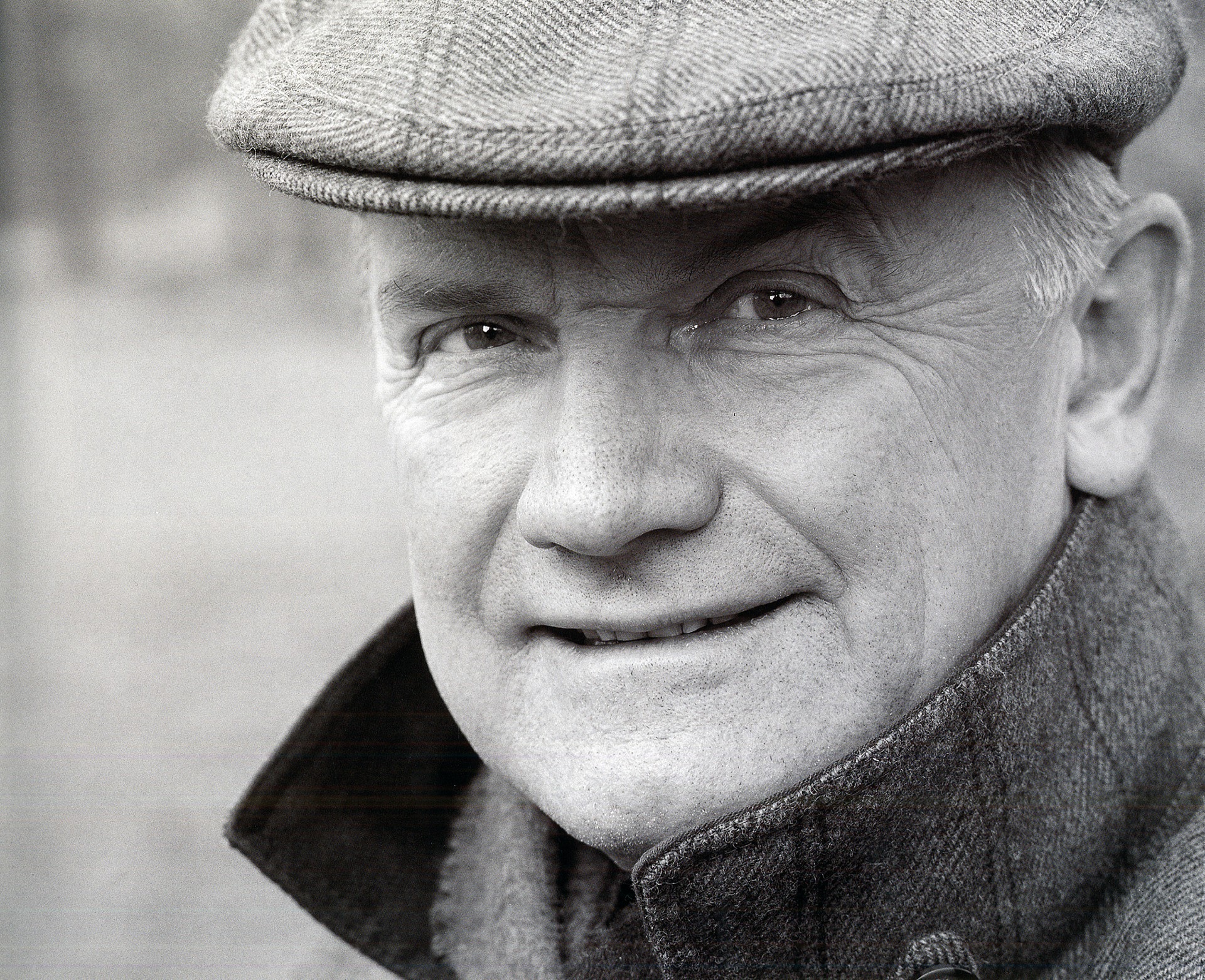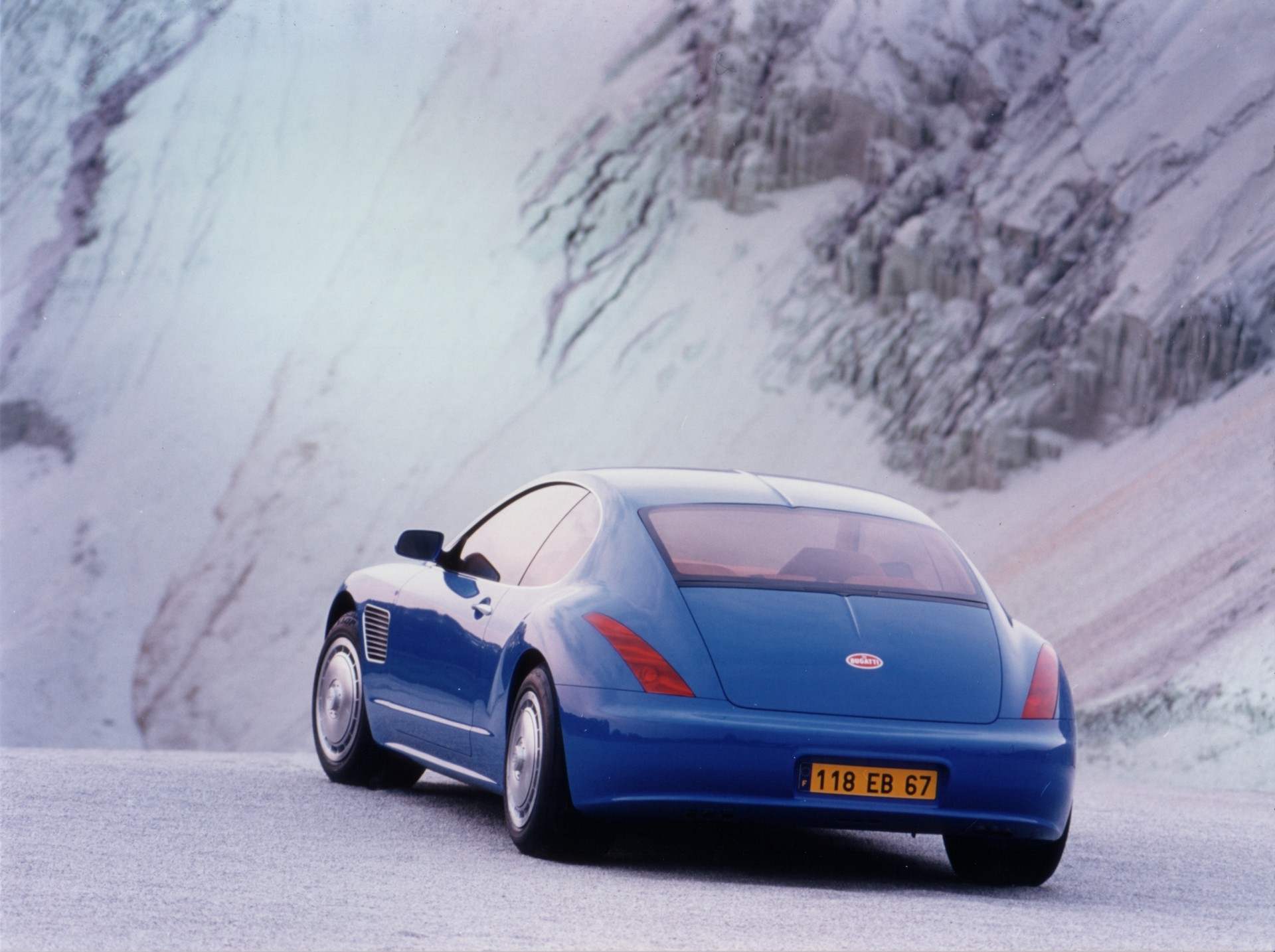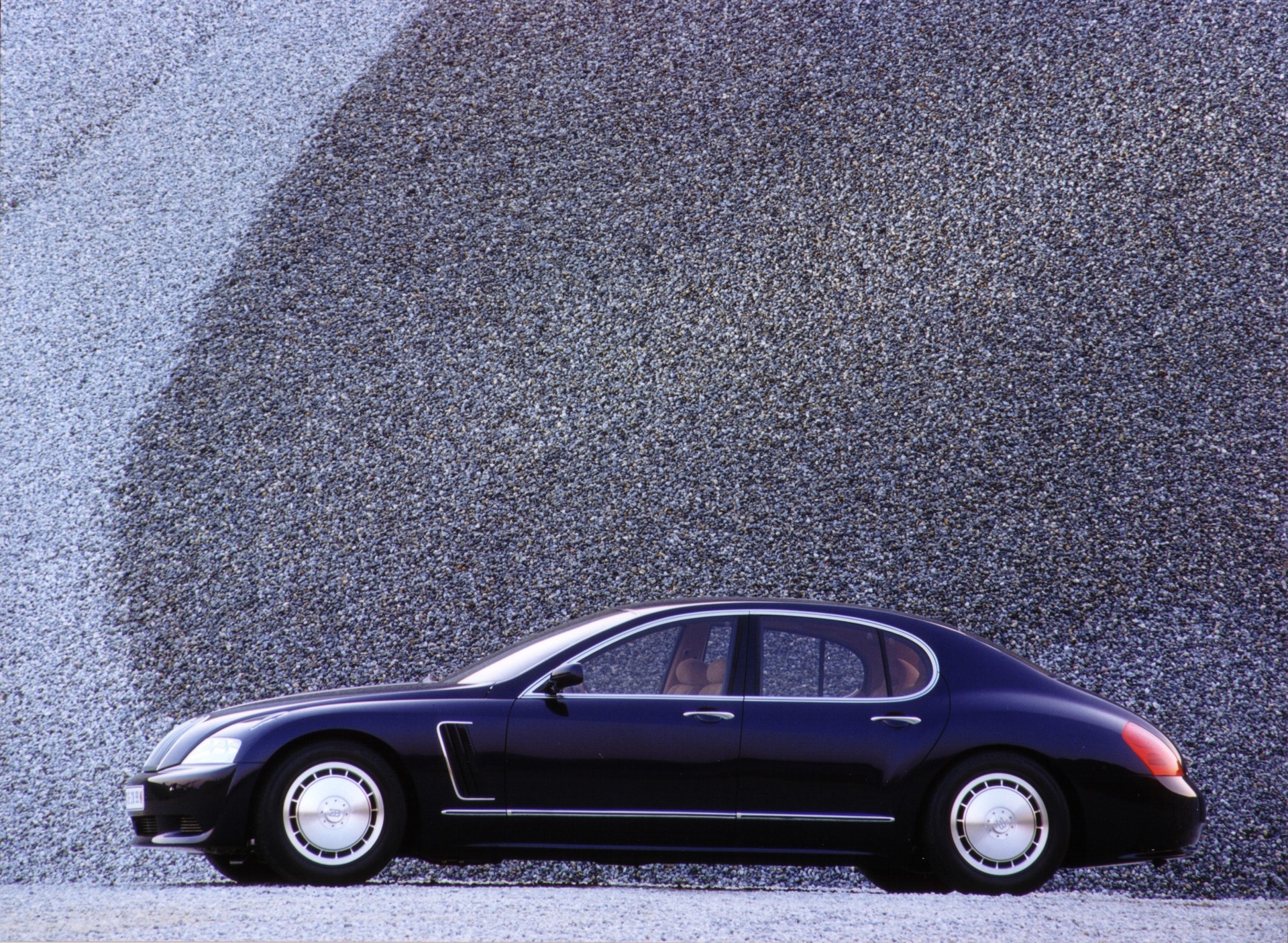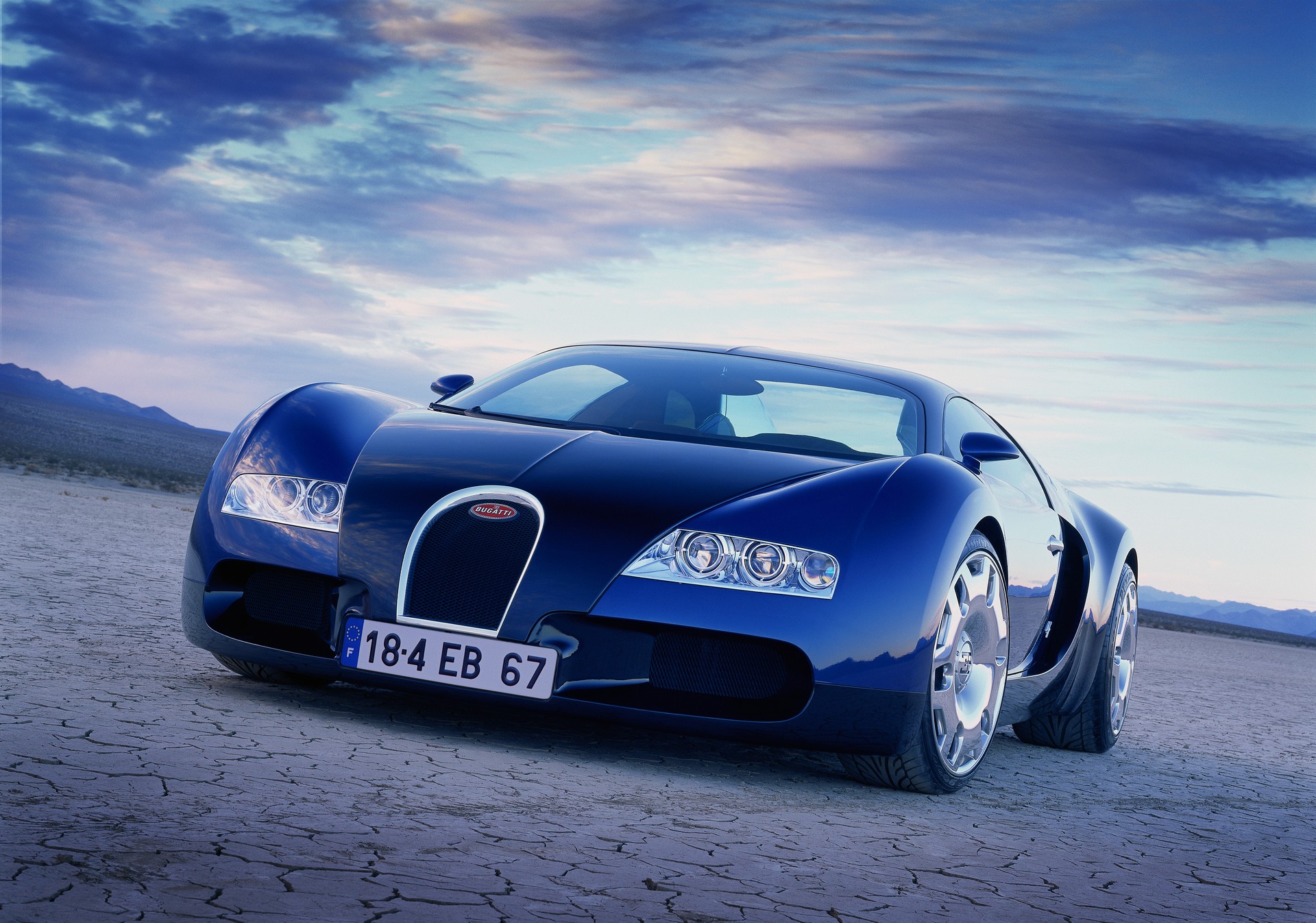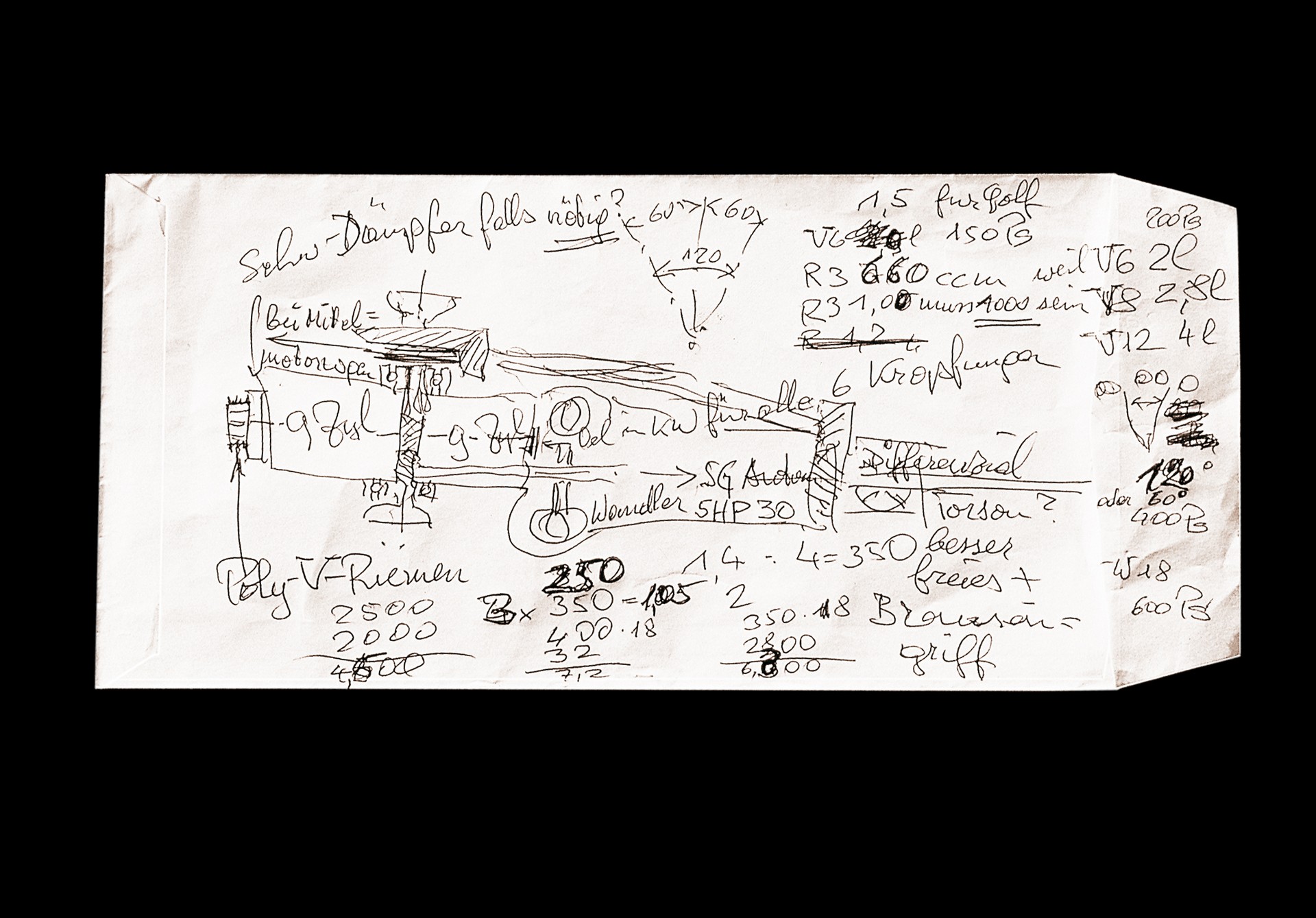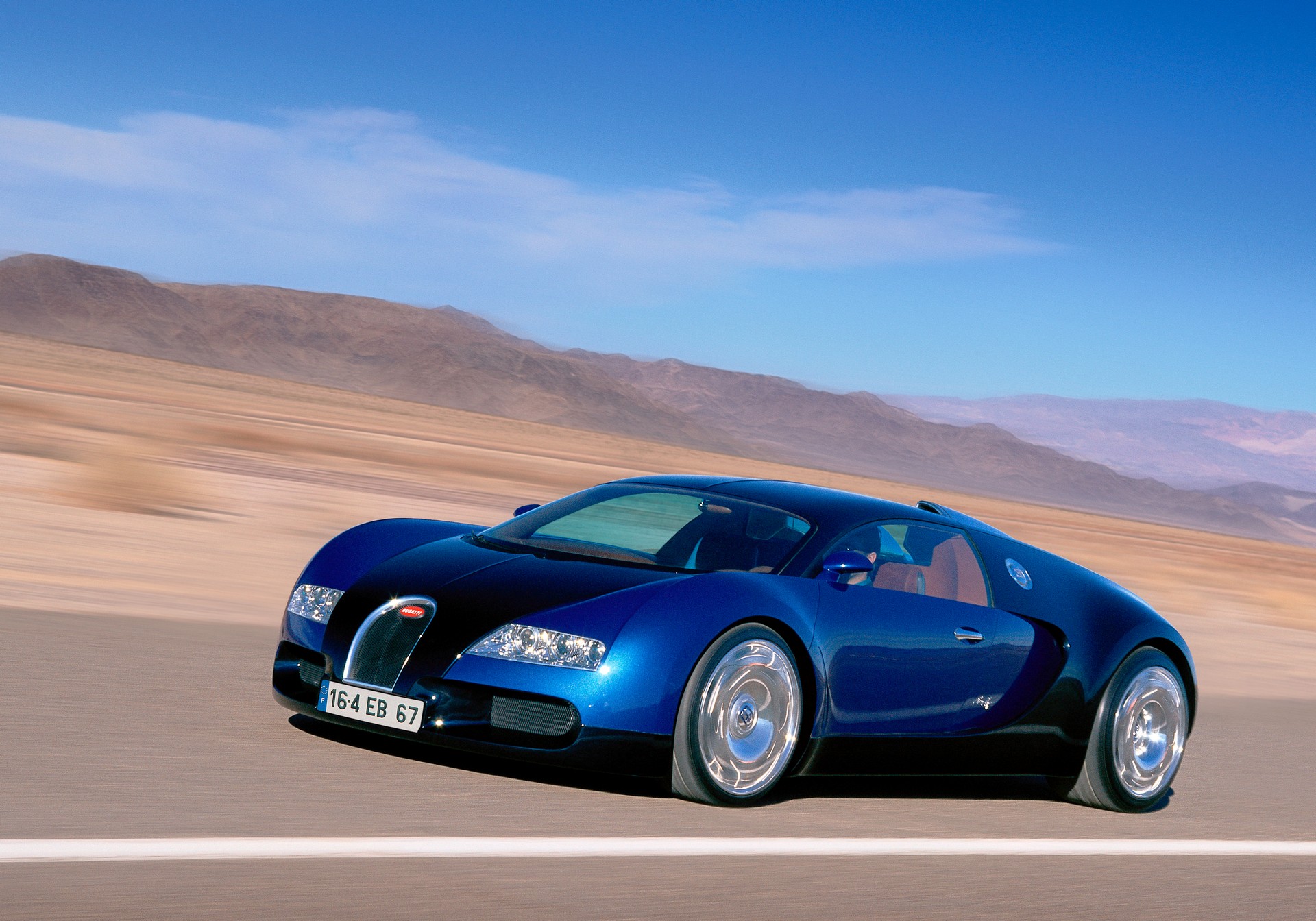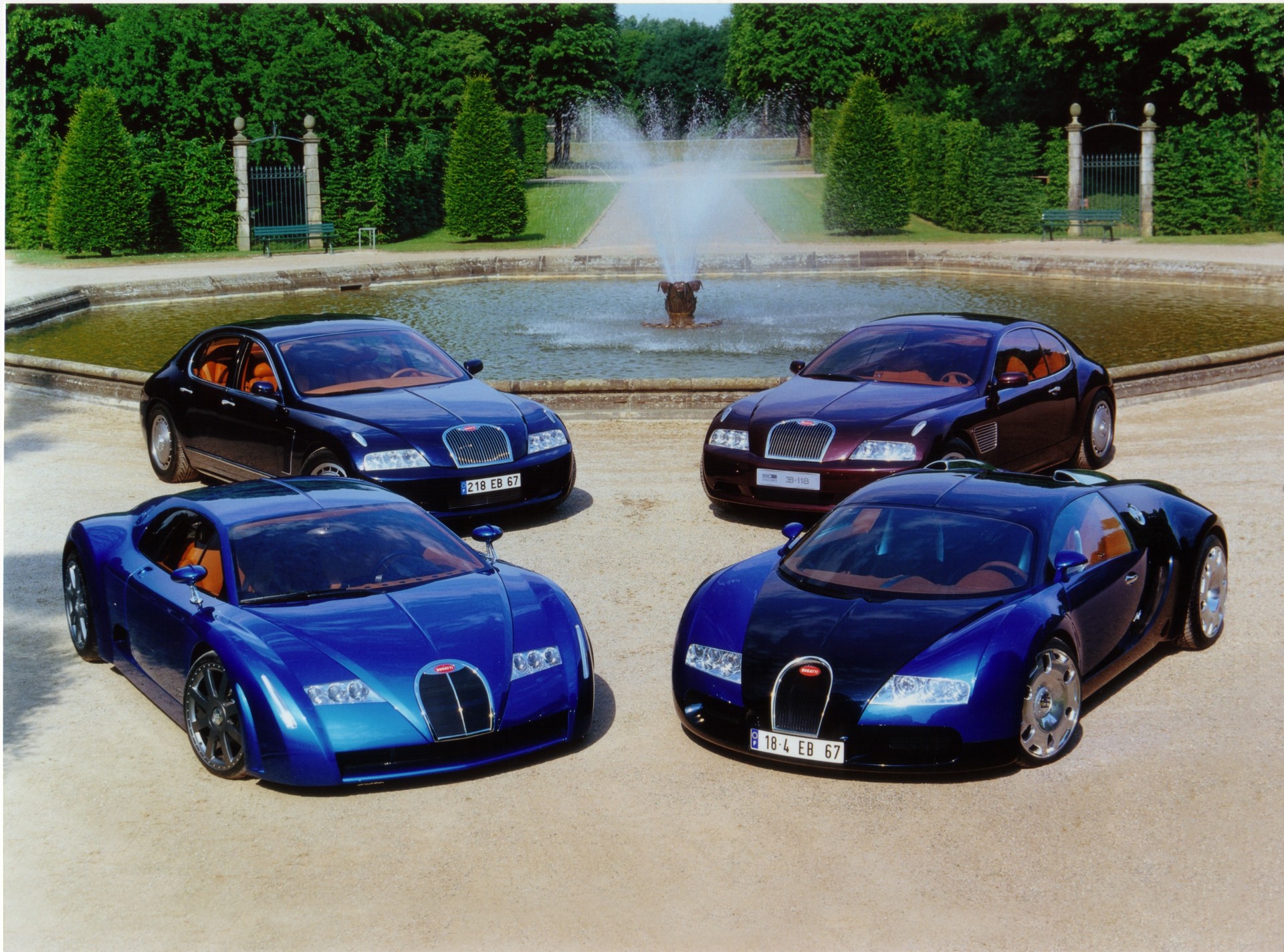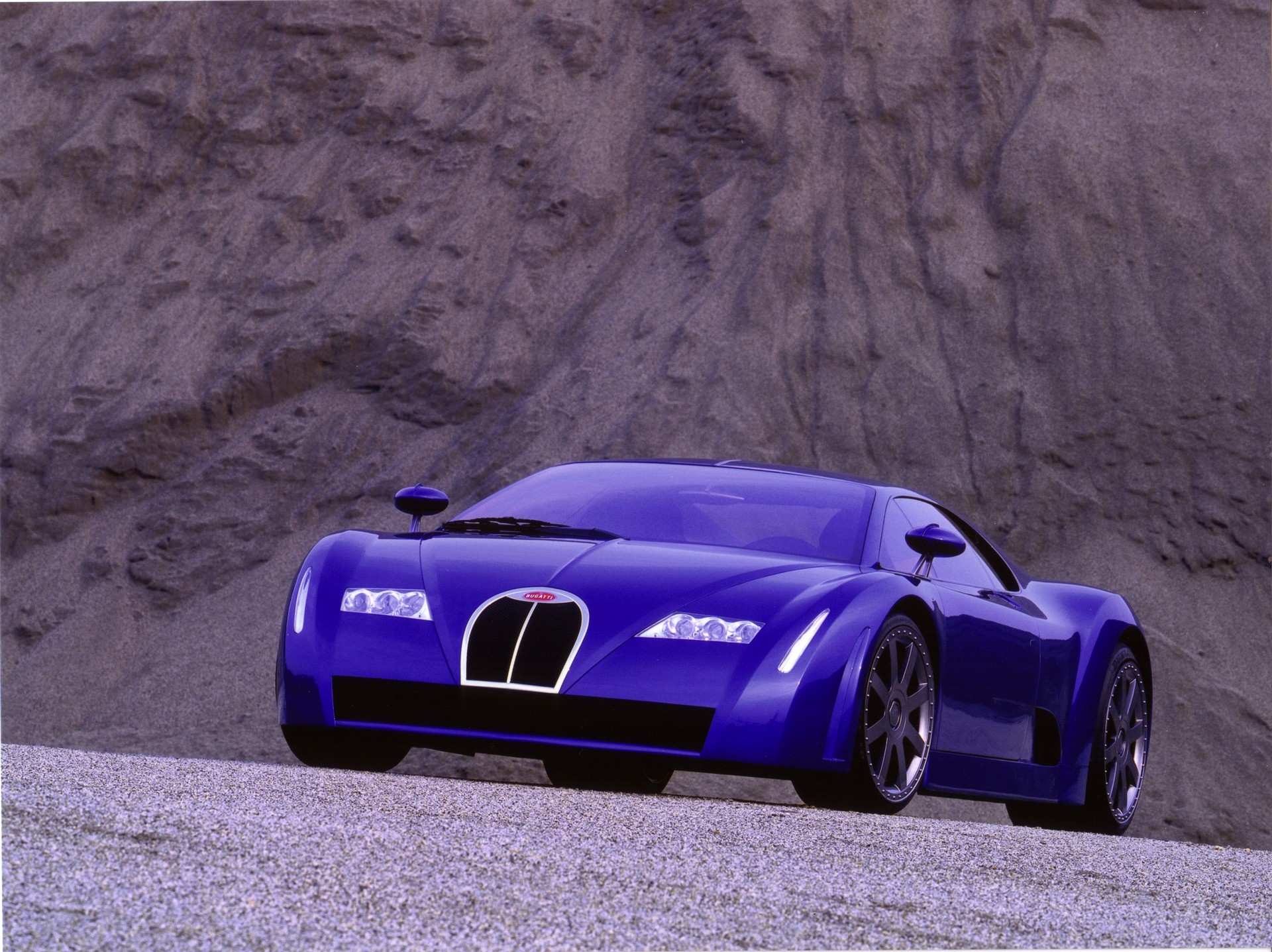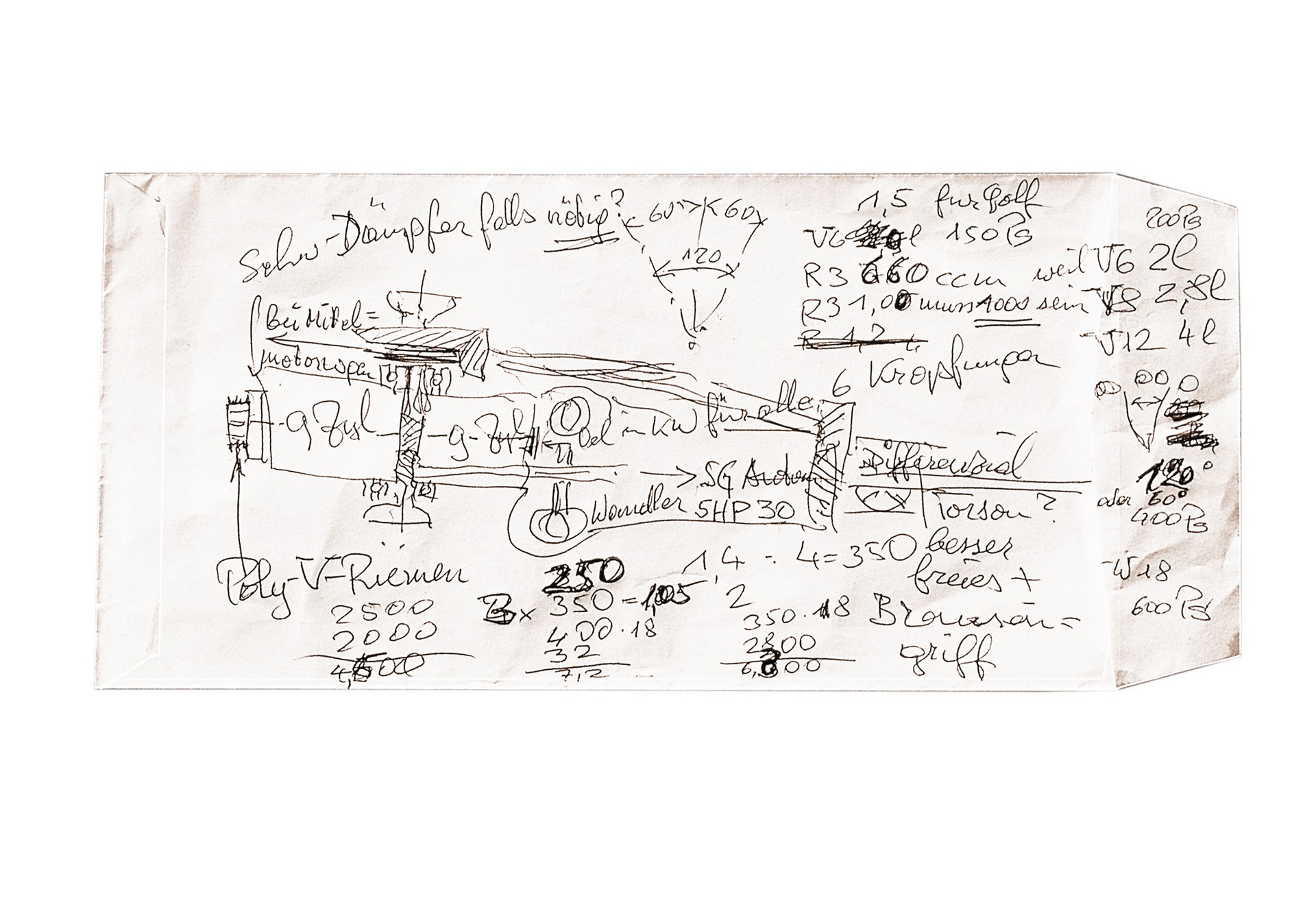Bugatti is celebrating the 15th anniversary of Veyron production by taking a look back at how things began.
According to Bugatti, the story starts in 1997 when Volkswagen boss Ferdinand Piëch was traveling on a train in Japan and made a sketch of an 18-cylinder engine.
Piëch had been thinking about the engine for awhile and he envisioned it would be a naturally aspirated 6.25-liter unit constructed from three VR6 cylinder banks. While the massive engine would have only produced 547 hp (408 kW / 555 PS), it would have “exceptional running smoothness” which would make it ideal for use in luxury sedans and coupes.
Also Read: First and Last Bugatti Veyron Built Share the Stage in Geneva
While this occurred a few years before the Volkswagen Phaeton debacle, Piëch was smart enough to know that he need a new brand to go with the new engine. He originally envisioned the 18-cylinder could be used in a Bentley or Rolls-Royce model, but then news broke that BMW would win the rights to Rolls-Royce in 1998.
This was bad news for Piëch and Volkswagen, but it turned out to have a positive effect. As Bugatti explains, as the Rolls-Royce decision was unfolding, Piëch’s son “adamantly insisted” his father buy him a model of a Bugatti Type 57 SC Atlantic. Piëch would later call the moment an “amusing stroke of fate” as it gave him the idea of buying the rights to Bugatti. The company successfully secured them after “brief negotiations” with Romano Artioli who had owned the brand and launched the ill-fated EB 110 a few years earlier.
With the rights to the legendary company, Piëch tapped Italdesign’s Giorgetto Giugiaro to come up with an all-new concept for the brand. This led to the creation of the EB 118 which was developed in just a few months. The coupe was unveiled at the 1998 Paris Motor Show and featured an 18-cylinder engine, an aluminum space frame and all-wheel drive.
It was followed by the EB 218, in 1999, which was a four-door sedan with an aluminum body and magnesium wheels. It also featured an 18-cylinder engine and an aluminum space frame just like the earlier concept.
The EB 18/3 Chiron sports car would follow a few months later. However, things really began to take shape when the EB 18/4 Veyron was introduced at the 1999 Tokyo Motor Show. The latter concept was a hit with prospective customers and the company says this enabled them to establish the “basic elements” of their styling language.
With the new focus on sports cars, the idea of an 18-cylinder luxury sedan fell by the wayside. That became plainly clear when Piëch used the 2000 Geneva Motor Show to announce Bugatti would build a car with 987 hp (736 kW / 1,001 PS). He promised this would enable owners to accelerate from 0-62 mph (0-100 km/h) in less than three seconds and hit speed in excess of 248 mph (400 km/h).
Later that year, Bugatti introduced a thinly veiled EB 16.4 Veyron concept which swapped the 18-cylinder engine for a 16-cylinder unit constructed of two V8 engines in a W-configuration. Bugatti says the change allowed for a use of turbochargers as well as a displacement in excess of 7-liters.
In 2001, Bugatti announced the final earth-shattering specifications. Their upcoming “hyper sports car” would use a quad turbocharged 8.0-liter W16 engine that produced 987 hp (736 kW / 1,001 PS) and 922 lb-ft (1,250 Nm) of torque.
The rest they say is history, but Bugatti did drop one interesting little tidbit. Piëch demanded the Veyron have a top speed in excess of 252 mph (406 km/h) as he worked on the Porsche 917 which hit a top speed of 252 mph (406 km/h) on the Hunaudières Straight when it won the 24 Hours of Le Mans.





